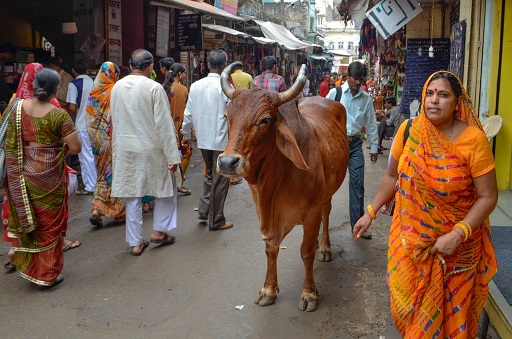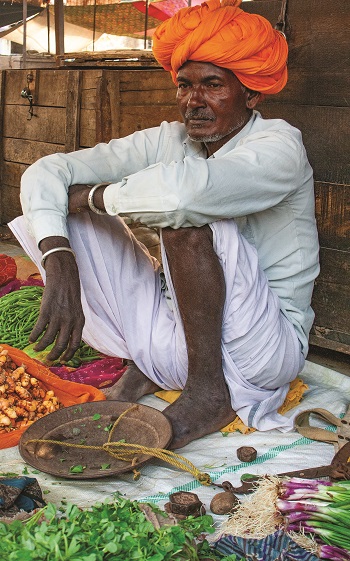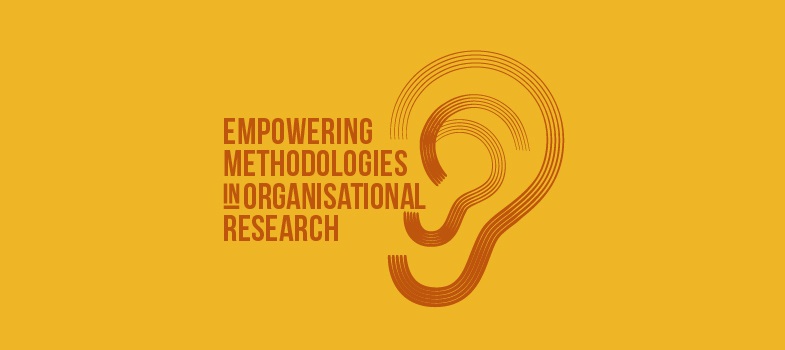8 Lively encounters
Introduction
In this section of the course we return to the idea that empowering research relies on craft, as a skilled, improvisational practice and a way of engaging with the practice of others. We introduce practice-based approaches to organisational research (Gherardi, 2019: 56) as a way of focusing attention on how ‘things’ are done organisationally, rather than what ‘things’ are. This in turn enables empowering methodologies to be understood as a way of exploring organisations as a series of lively encounters.
New materialist scholarship sees the material world as made up not of fixed, stable entities, but as lively, relational and in constant flux (Fox and Alldred, 2017). Liveliness arises as a consequence of the agentic capacities of living and non-living things that researchers encounter through their actions and activities. This perspective draws attention away from studying what things are and towards what things do, i.e. their affective potential. This means that conventional ways of thinking about the world – based on problematic dualisms between human/non-human, natural/cultural, and embodiment/objectivity – can be rethought. This is consistent with the ontological perspective already sketched in this course as a basis for empowering methodology, which assumes that reality is always contingent and in the process of ‘becoming’.

Show description|Hide descriptionPushkar street scene, 2012
Encounters are a useful as a way of thinking further about liveliness. Encounters are what happen when matter is assembled in time and space. The task of the researcher is thus to trace these encounters creatively and dwell in their affective qualities (Bell and Vachhani, 2019). This draws attention to the inherent liveliness of research practice, as having a vital and unstable nature that cannot be controlled. Back and Puwar (2012) use the term ‘live methods’ to focus attention on the fleeting nature of knowledge, as mobile, sensuous and capable of being understood from multiple points of view that are based on lived experience. Lively research also relies on ‘taking time and thinking carefully and slowly’ in order to utilise ‘our senses equally in attending to the social world’ (p.11–13; see also Section 6).

Show description|Hide descriptionAnandpur Sahib and ‘No Customers’: a market place in Bundhi
This way of thinking ‘displaces the human subject’ as the centre of agentic action and assumes that assemblages of humans, non-humans, sociomaterial and discursive entities are connected in agential ways. Gherardi (2019: 5) uses the label ‘posthuman … practice-based studies’ to refer to these ‘situated and emergent processes’. She uses the concept of ‘affective ethnography’ to emphasise the importance of the lived, sensory experience of the researcher in the field. The concept of ‘attunement’ offers a way of understanding the multiple ways in which the body senses the world, senses itself in the world, acquires knowledge of the world through experience, and develops competence through bodily practices (Gherardi, 2019). However, because we cannot ‘access somebody else’s embodied knowledge’ (p.77) we must rely on what Gherardi refers to as ‘corporeal imagination’, through which we try to ‘imagine and imaginatively sense what another body has heard or smelled [or felt]’ (p.77). In this, the researcher’s own body becomes an important ‘tool’ in research practice, for ‘imaginatively taking part through sensorial faculties rather than intellectual abilities’ (p.77). A further challenge arising from this is the need to write imaginatively and creatively in ways that enable these forms of knowledge to be represented (Gilmore et al., 2019; see also Section 5).


